What factors influence the pricing of tin cans purchased in bulk?
What factors influence the pricing of bulk tin cans? Numerous interrelated factors determine the price buyers pay, ranging from raw materials to design complexity, regulatory compliance, logistics, and even recyclability. In the real world, a reliable price assessment must quantify these factors, demonstrate how they interact, and provide application-based estimates so that the client’s procurement team can compare them directly. To effectively leverage tin cans packaging, this analysis should be data-driven: list the cost drivers, quantify their typical ranges, and explain how even slight variations in specifications can lead to significant price fluctuations per unit when order quantities reach tens of thousands.
Raw Material and Metal Gauge Costs for Tin Cans
The most significant direct factor influencing tin can pricing is raw material. Tin cans are primarily made from tinplate or tin-free steel sheet with additional coatings. Choosing a thicker gauge increases the weight of the material per tin can, so the cost rises almost linearly with weight. Similarly, choosing thicker tin or specialized coatings to achieve food-grade corrosion resistance can also increase the price per kilogram.
Market fluctuations in both steel and tin prices directly impact quote lead times and prices. Buyers should request a material breakdown in their quotes and include a sensitivity table showing the cost impact of a ±5–10% fluctuation in raw material prices. Furthermore, alloy and surface finish choices impact downstream demand: food contact cans often require a certified, FDA-compliant inner varnish or coating, which adds cost for safety and regulatory compliance reasons. Finally, requirements for recycled materials or sustainability certifications may increase material procurement costs.
Tin Cans Design Complexity and Manufacturing Costs
Design complexity can significantly alter unit price through tooling and die costs. Each unique shape, seam type, lid configuration, or embossed logo typically requires a new die set or significant modifications to the existing one. As a tin can manufacturer, we disclose the die cost components, including the initial die set price, progressive stamping dies, lid and capping dies, and any special fixtures required to decorate or modify the can body. For some suppliers, you can inquire whether they will retain the die and charge a retooling fee for repeat orders after an idle period. Adding design features to the die complexity, such as tight-tolerance deep drawing, multiple-radius can bodies, complex embossing, or double-seam variations, increases both initial die cost and unit processing time.
Decorative, Printing, and Secondary Processing Costs
Decoration and secondary processing can significantly impact pricing because they add steps, chemicals, and quality control. Standard secondary processes include offset or digital printing, UV varnishing, varnishing, hot stamping, embossing, and shrink wrapping. Each process increases cycle time and often requires specialized equipment or outsourcing to specialized decorators, which in turn impacts lead times and profits.
The choice of printing method is also critical. Traditional offset or rotogravure printing methods are suitable for high-volume printing and offer lower per-color costs in large-scale production. Digital printing, on the other hand, offers flexibility for smaller runs or multiple versions, but at a higher unit cost. The number of colors, ink type, registration accuracy, and post-press processing all gradually impact pricing. Each additional color adds a significant surcharge to the per-unit cost. Furthermore, precise color matching, spot varnishing, and edge-to-edge printing require stringent quality control, which can sometimes reduce production speeds. This manifests in quotes as higher per-unit costs or longer lead times.
The Impact of Quantity, Size, and Order Scheduling on Price
Quantity is the most direct lever buyers have to lower unit prices. Generally, larger order volumes lower the fixed cost per unit and enable more efficient production scheduling, resulting in reduced labor and overhead costs per can. Conversely, frequent, smaller orders can increase unit costs and overhead. Consolidating SKUs or synchronizing replenishment cycles across multiple product lines can unlock volume discounts, thereby increasing profitability. During negotiations, ask the tin can manufacturer for an economic order quantity (EOQ) analysis and their preferred batch size to minimize total costs while meeting inventory constraints. In many cases, a long-term purchasing agreement with a fixed annual purchase volume can lead to better pricing and a more stable supply.
Logistics, Packaging, and Total Cost Considerations
Logistics can have a significant impact on the final price that many buyers may not realize. Total landed costs include freight, import and export duties, insurance, inland transportation, and packaging. For bulk can orders, packaging density and weight determine shipping efficiency. Furthermore, specific packaging options, such as using individual protective sleeves or shrink-wrapping premium cans, increase packaging costs and reduce pallet density, thereby increasing per-unit shipping costs.
As a tin can manufacturer, we also offer FOB and DDP pricing options, clearly explaining the coverage of each Incoterm. Furthermore, the mode of transportation can significantly impact costs. Insurance, container demurrage, port handling fees, and last-mile delivery can add several percentage points to landed costs. Please provide the package dimensions, gross weight per pallet, and a sample packing slip to ensure an accurate freight quote.
Multiple Factors Affecting Pricing
Bulk tin cans be a single factor that rarely drives pricing. Instead, it depends on a variety of factors, including material selection, design and tooling, decoration and secondary processing, order quantity and scheduling, logistics and landed costs, as well as regulatory and quality assurance obligations. As a customer, you can request transparent, scenario-based pricing that quantifies the impact of each decision on unit cost and overall supply reliability.

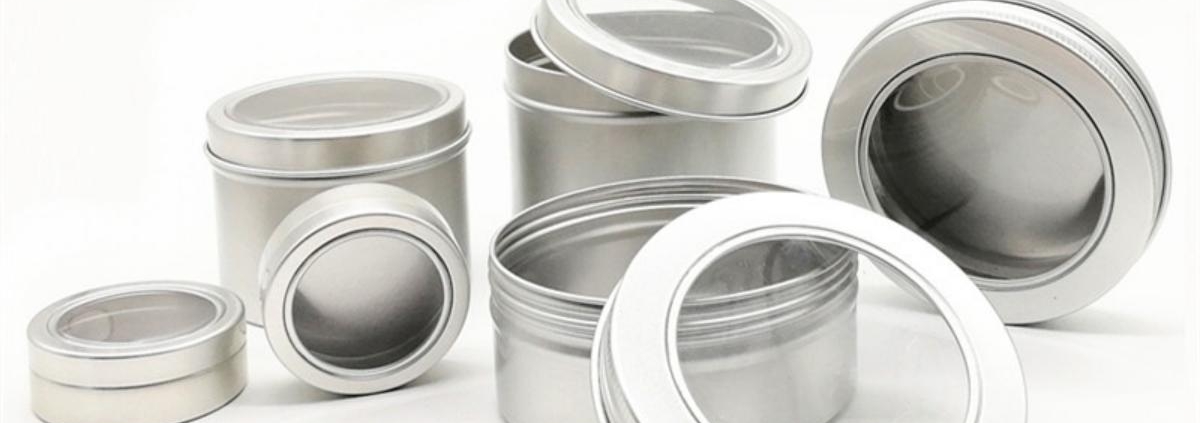
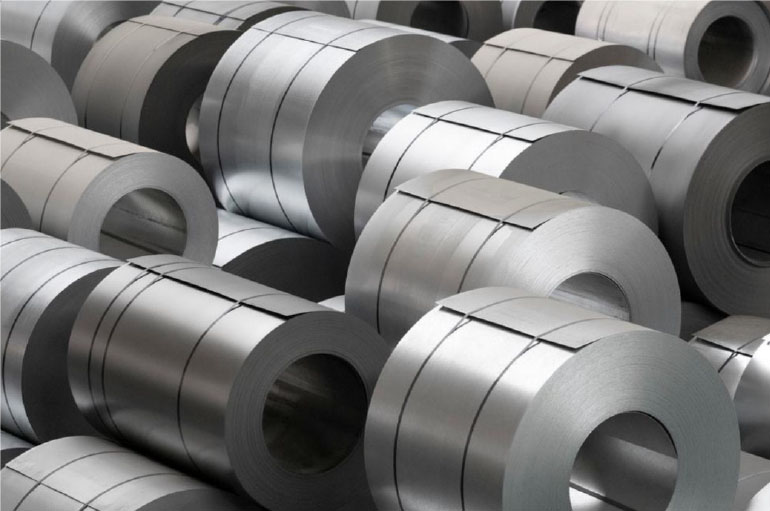
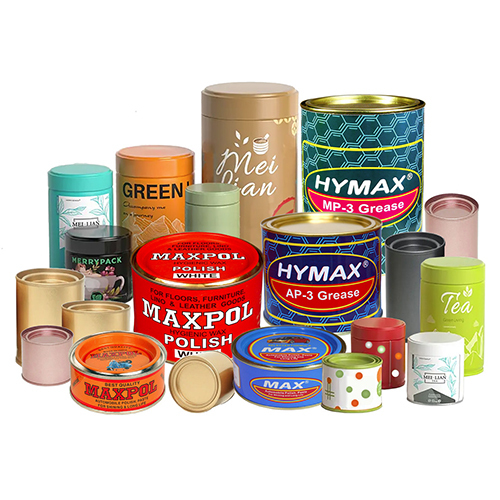
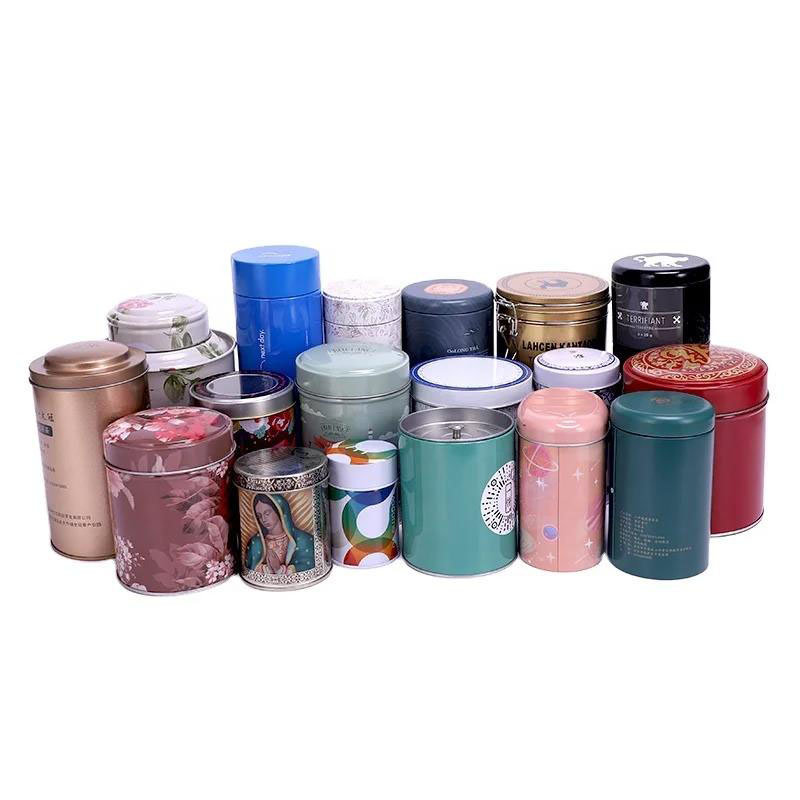
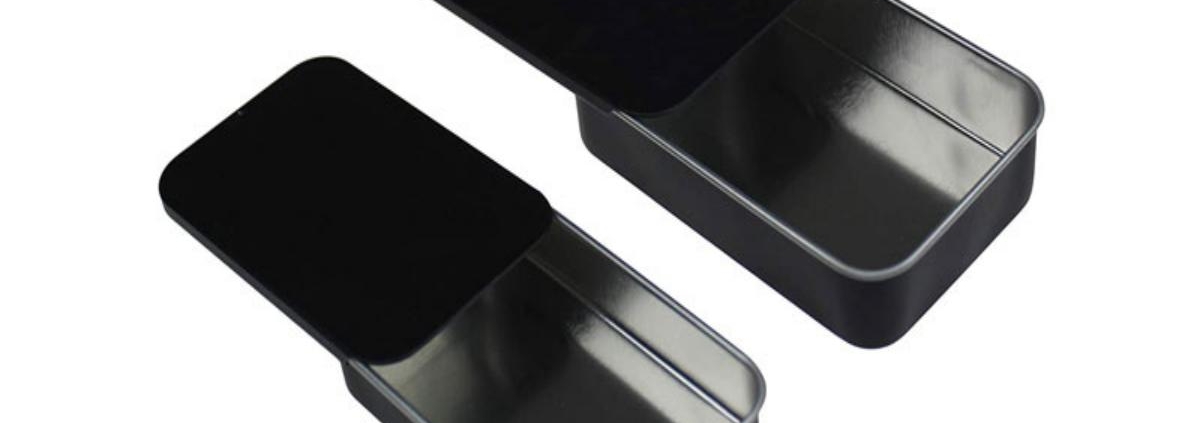
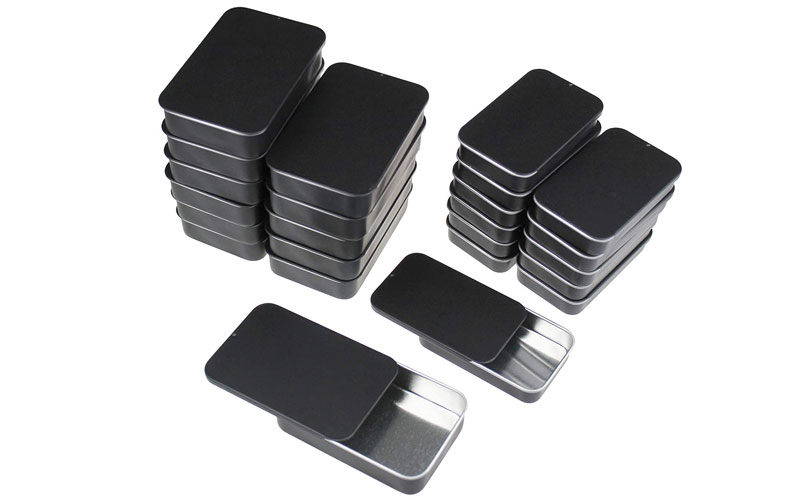
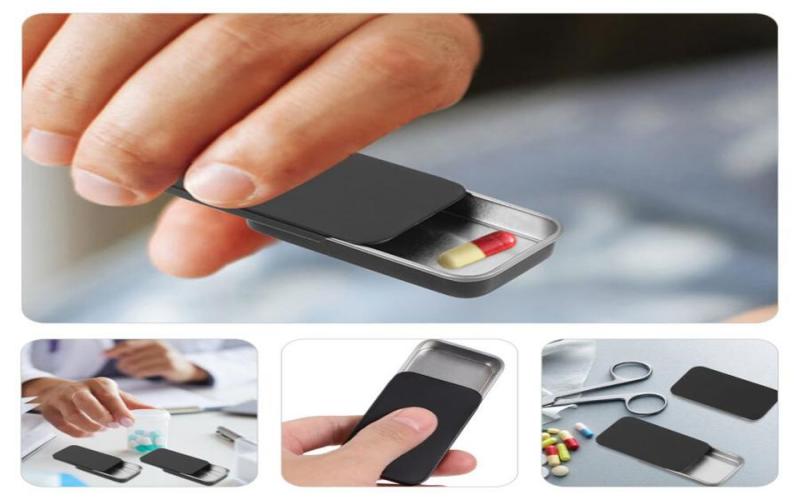
-1200x423.jpg)
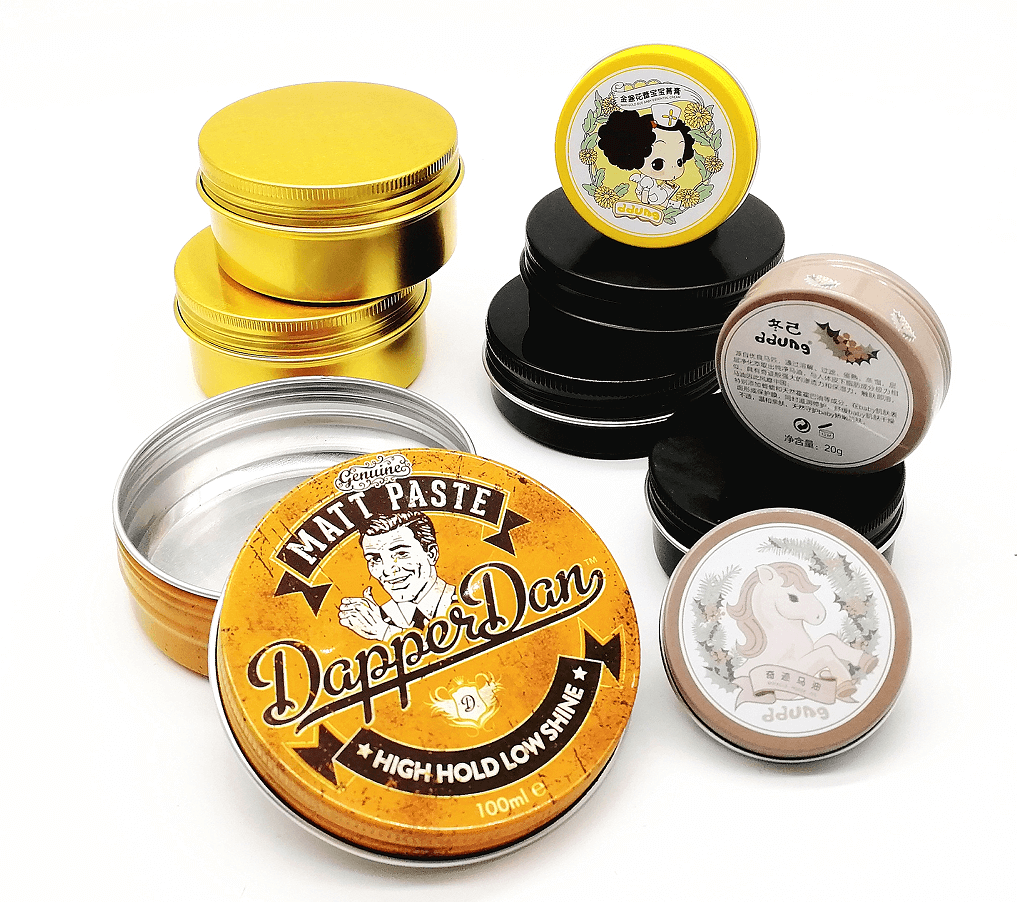
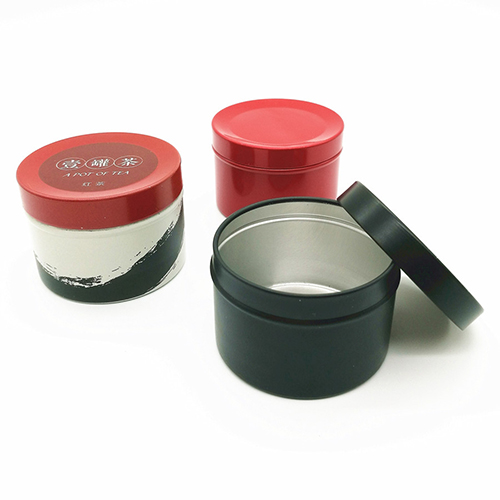
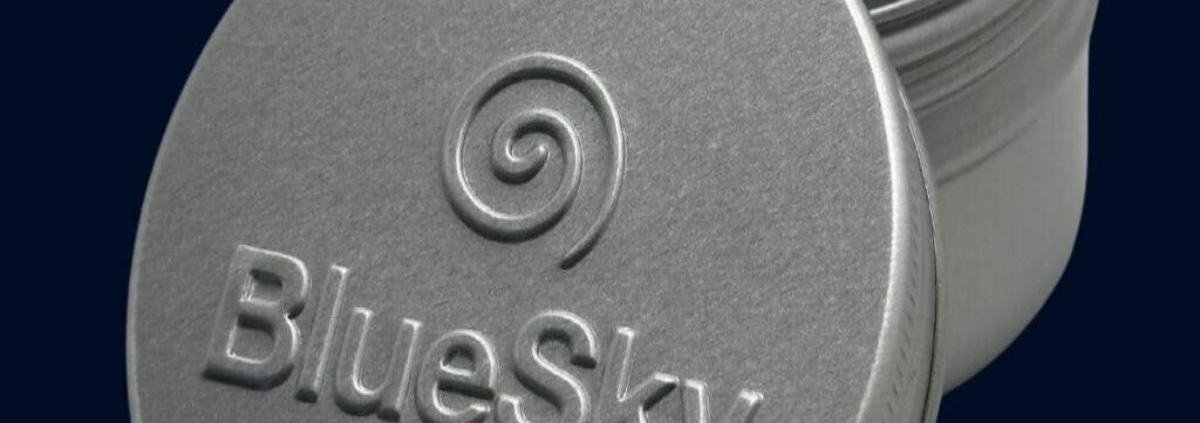
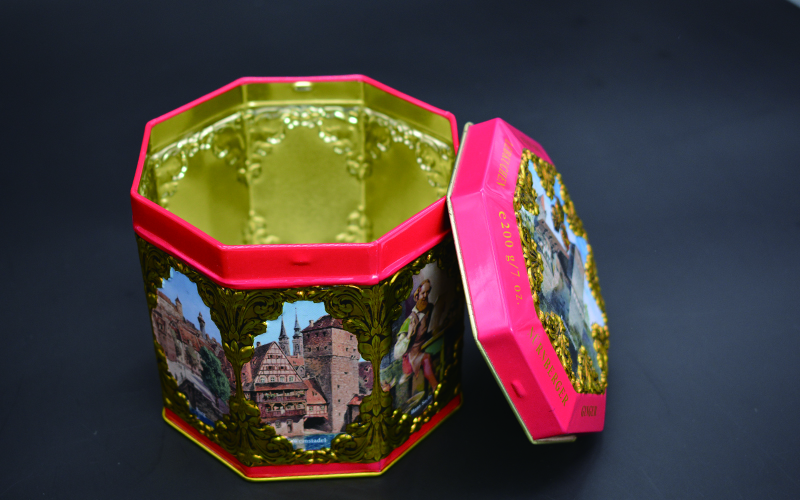
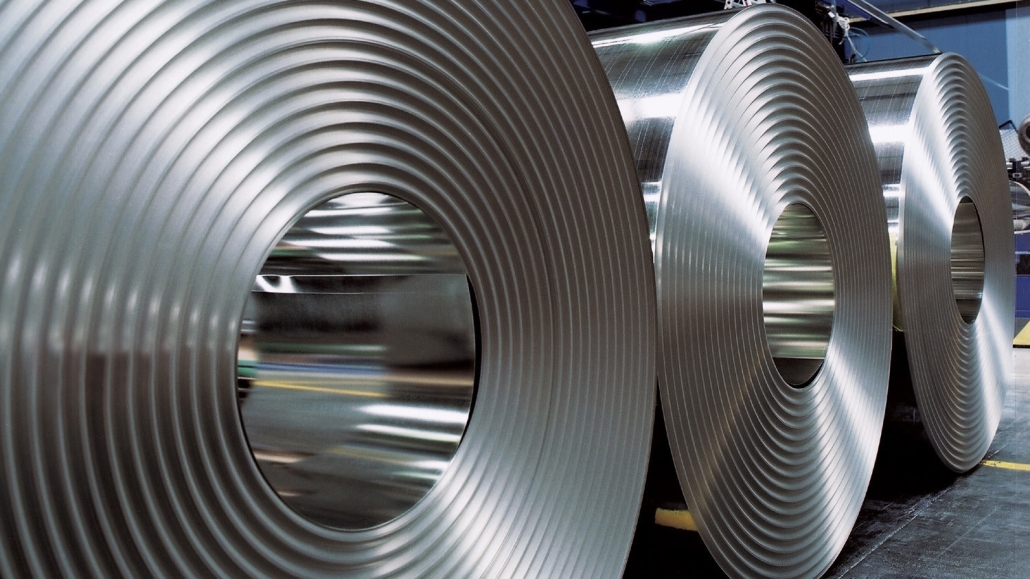
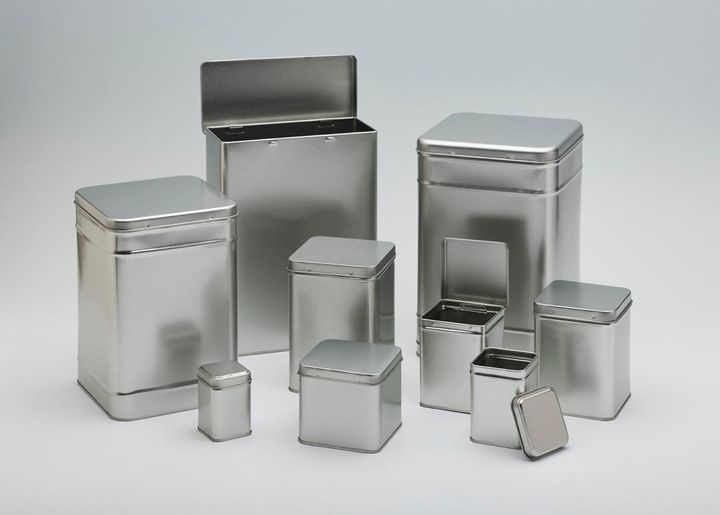
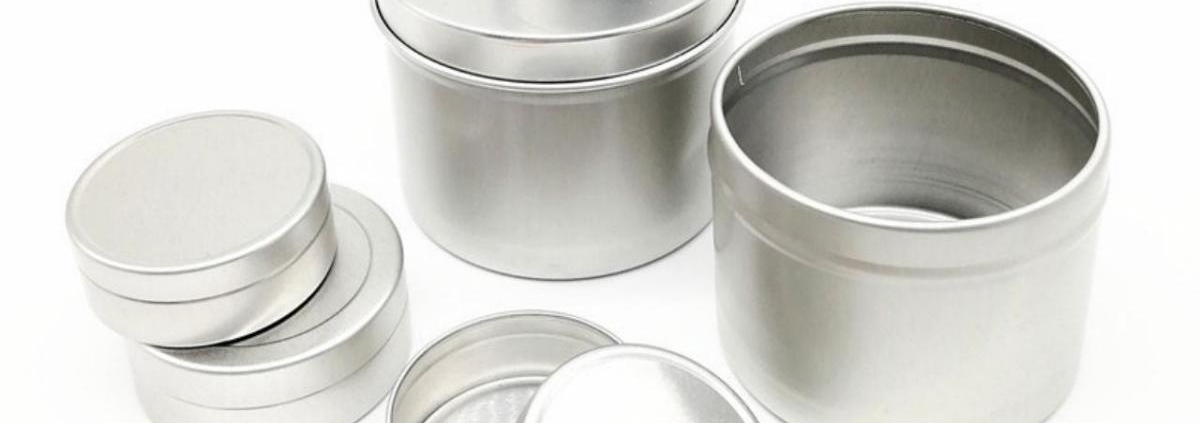
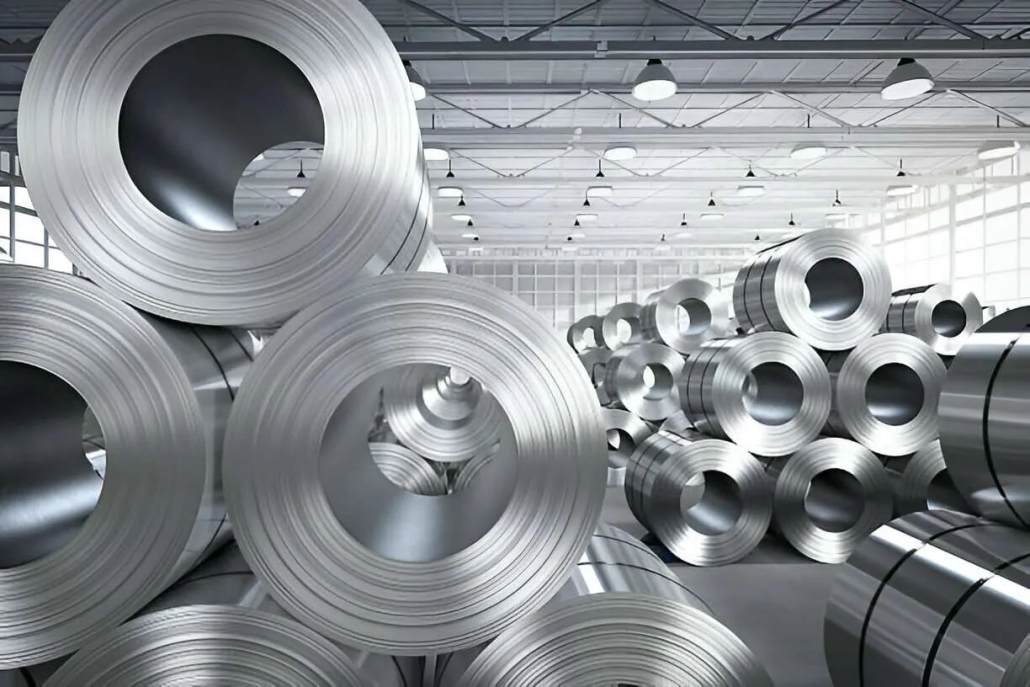
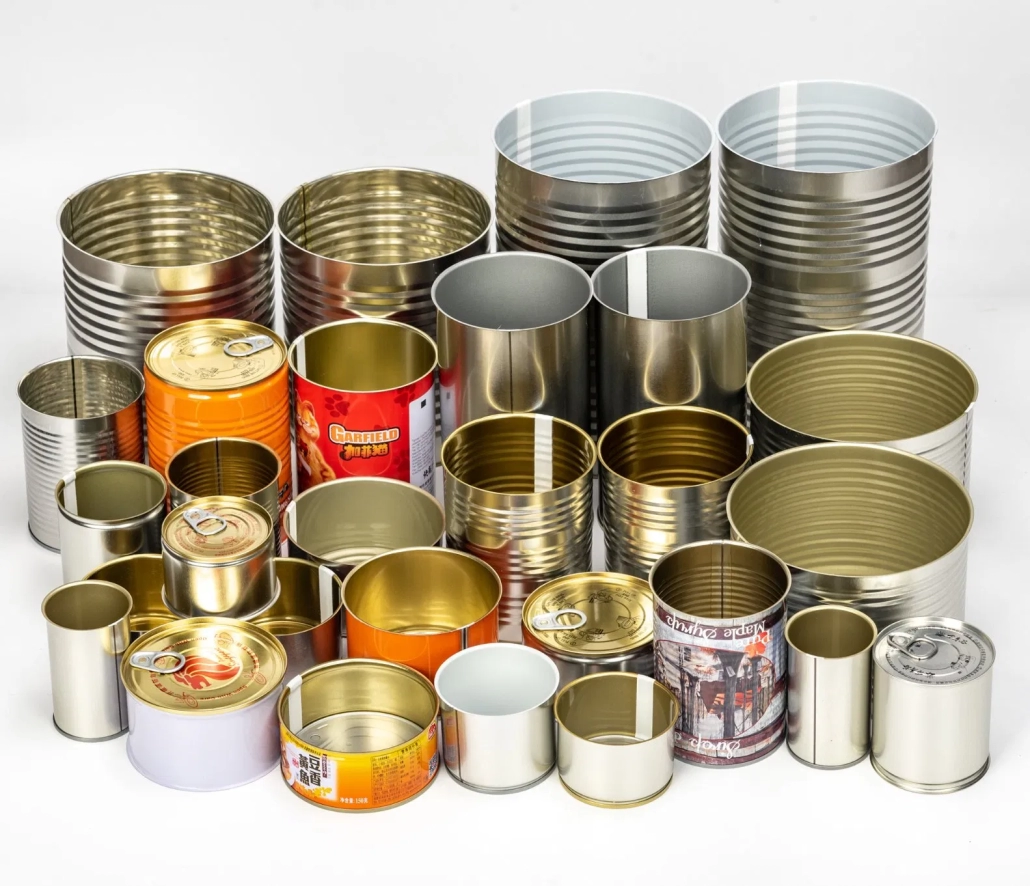
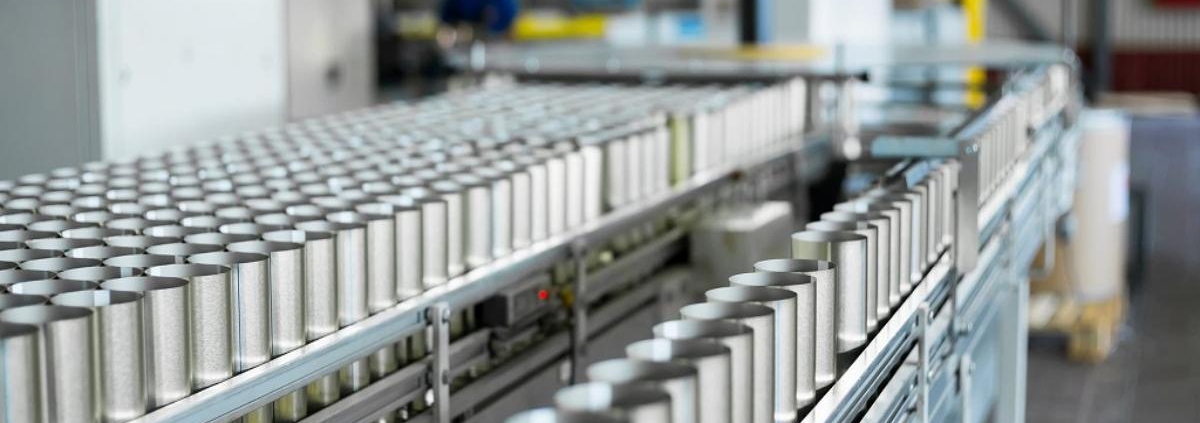

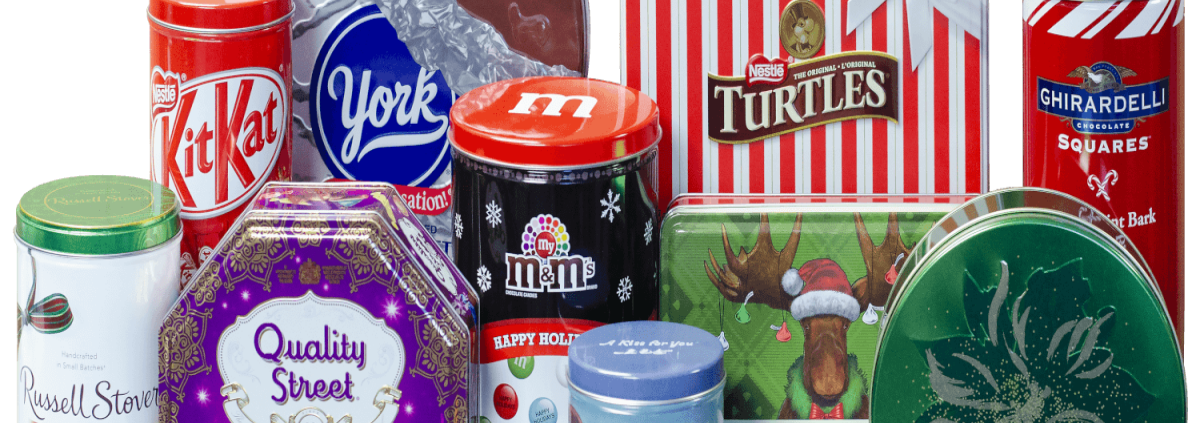

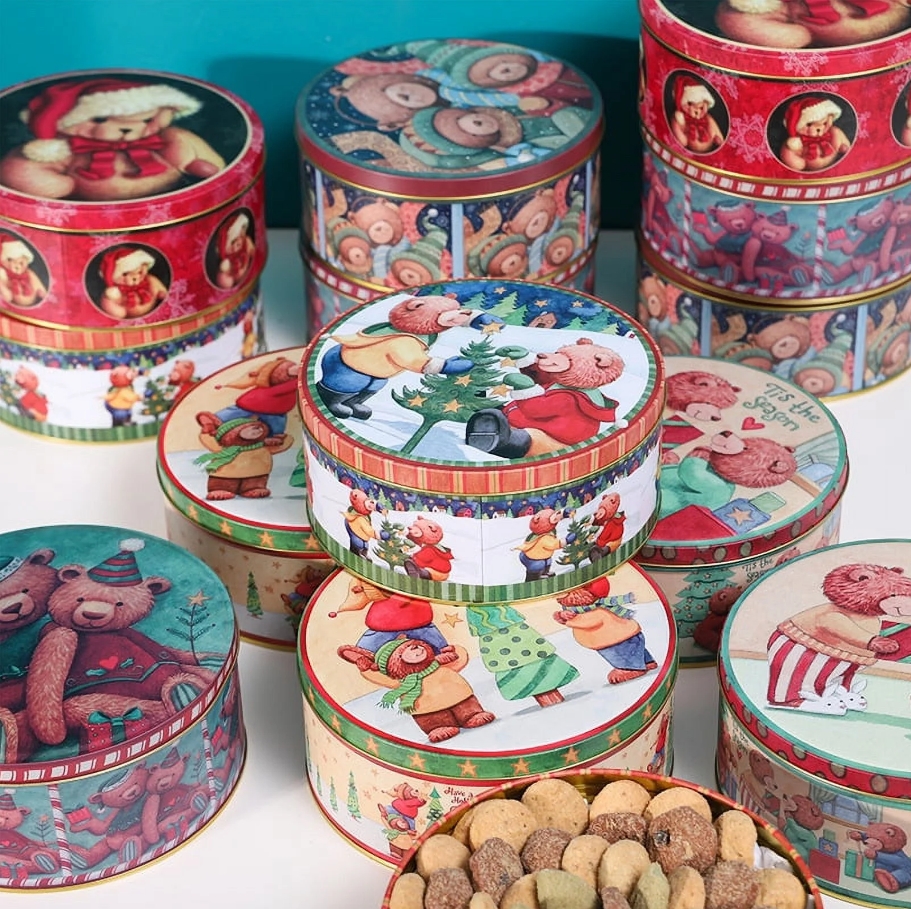
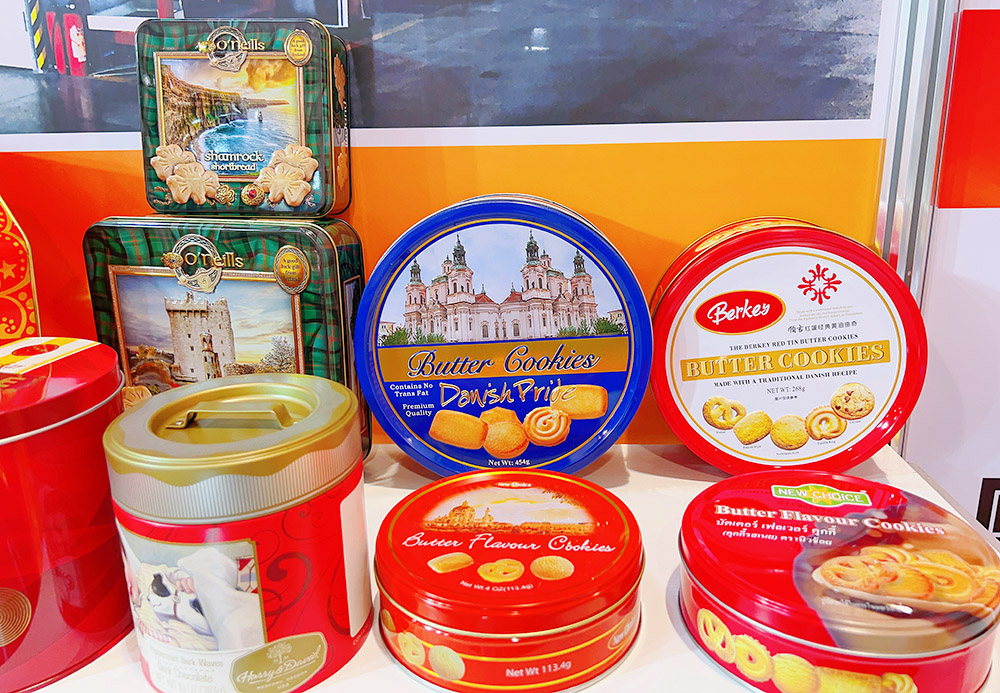
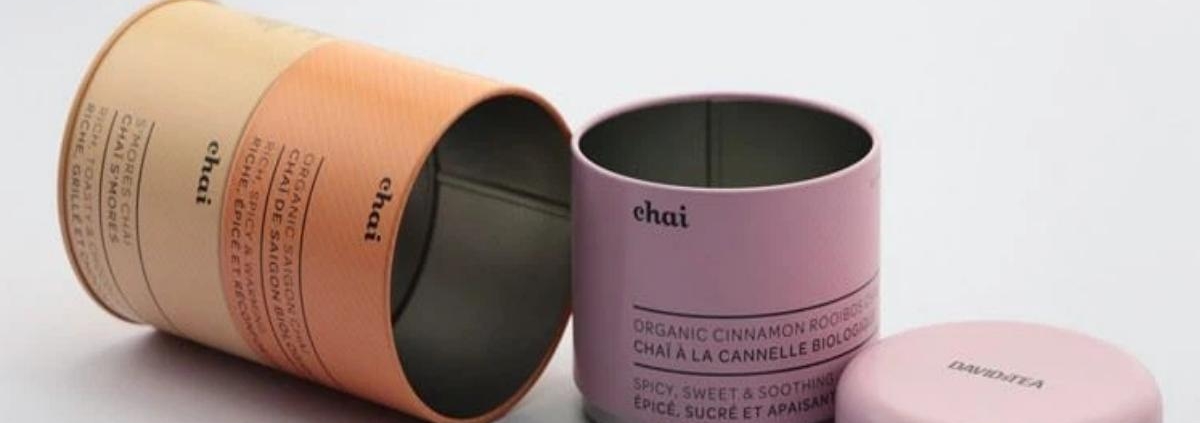
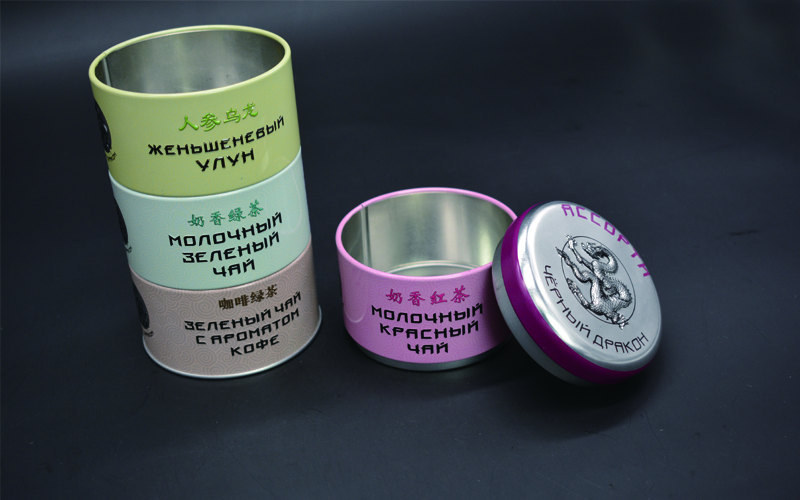
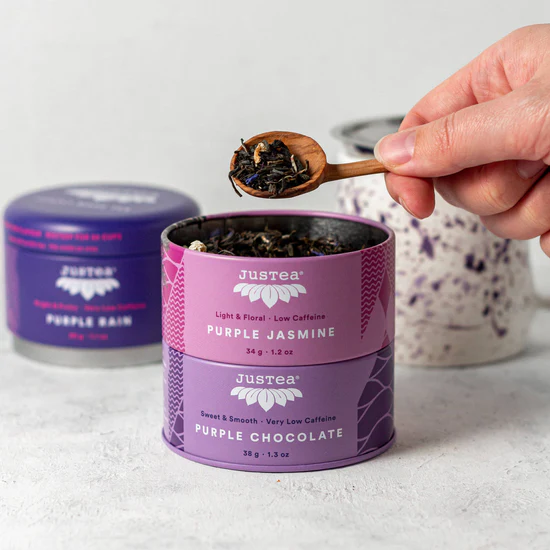
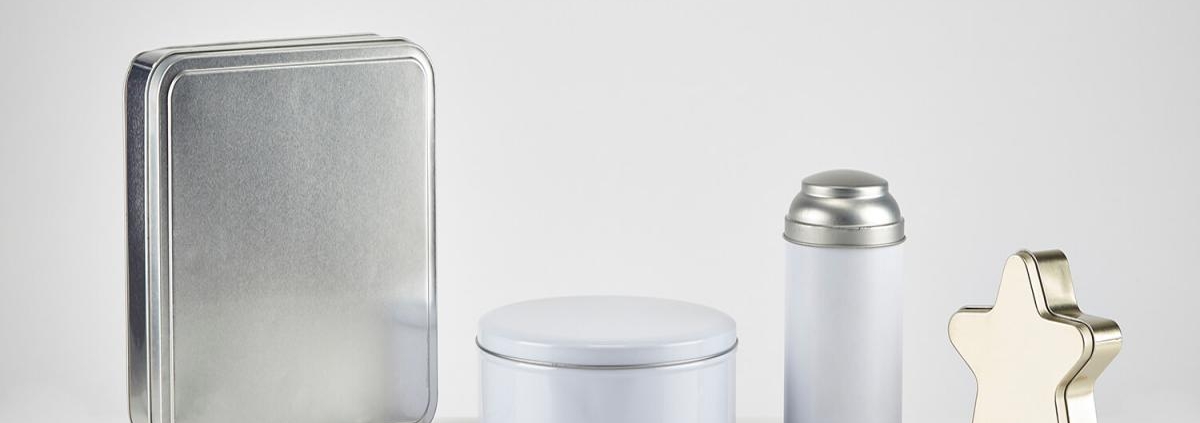
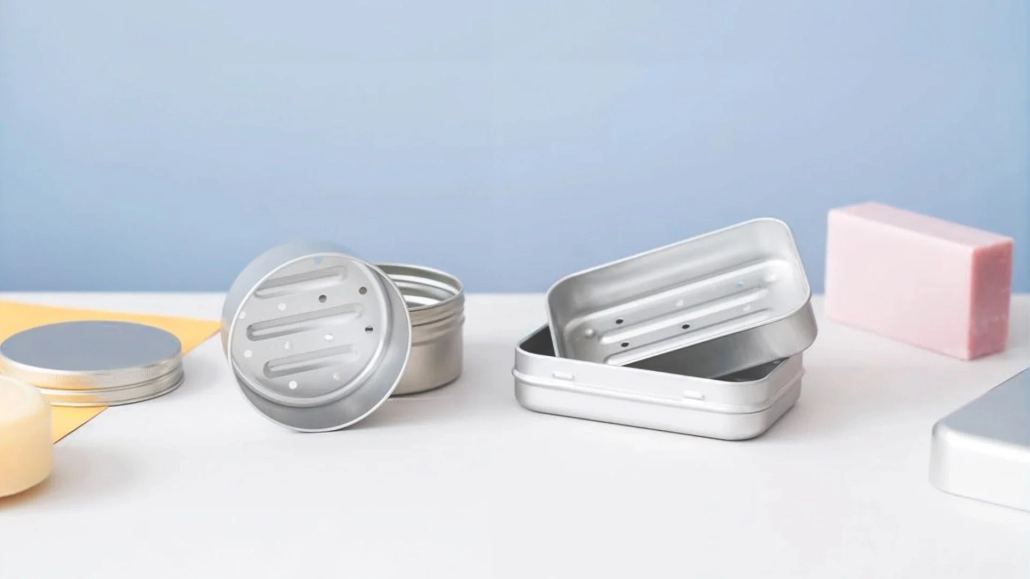
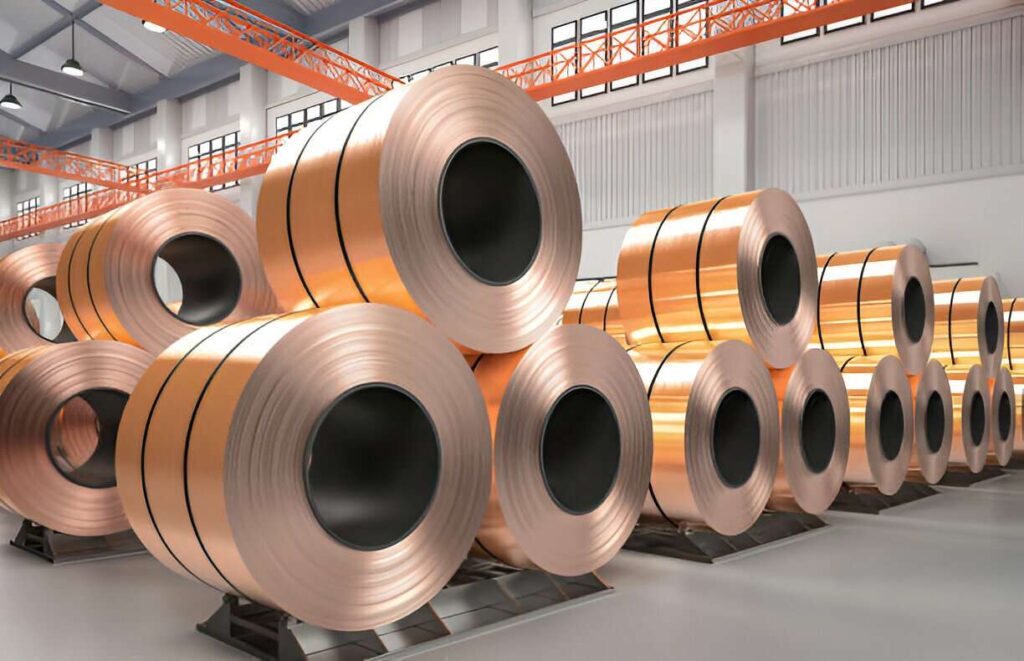
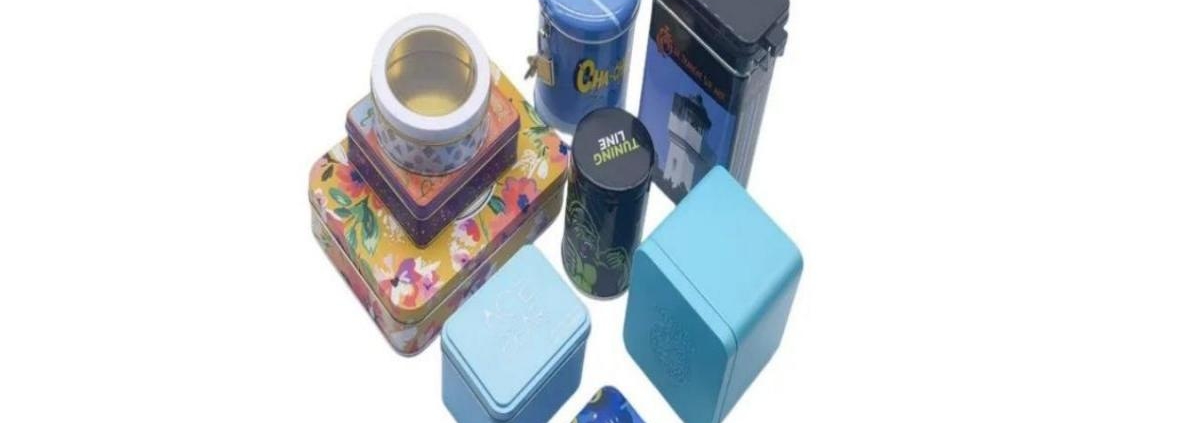
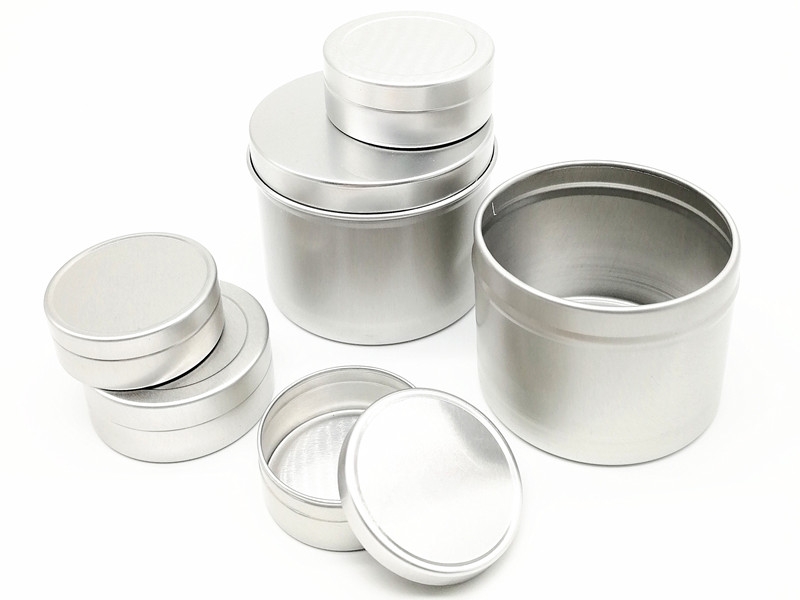
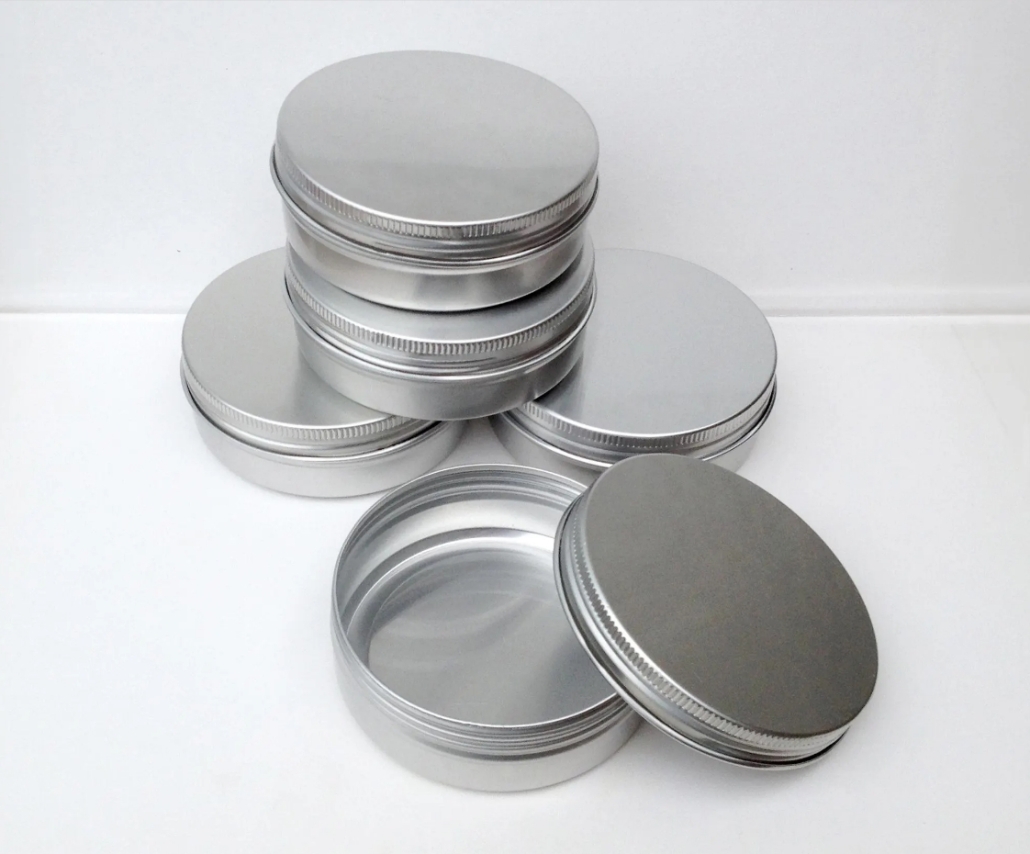
 Facebook
Facebook Twitter
Twitter Linkedin
Linkedin